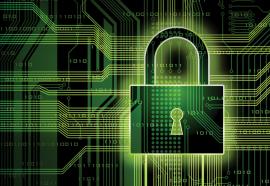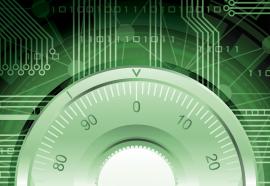Securing Tomorrow's Grid (Part II)
Public-private collaboration to protect our infrastructure.
Smart grid technologies bring a host of cyber security considerations that need to be addressed throughout the transmission and distribution domain—and even into the customer’s home. In the second of two exclusive articles, Department of Energy authors team up with industry experts to provide a path forward for securing the smart grid.









